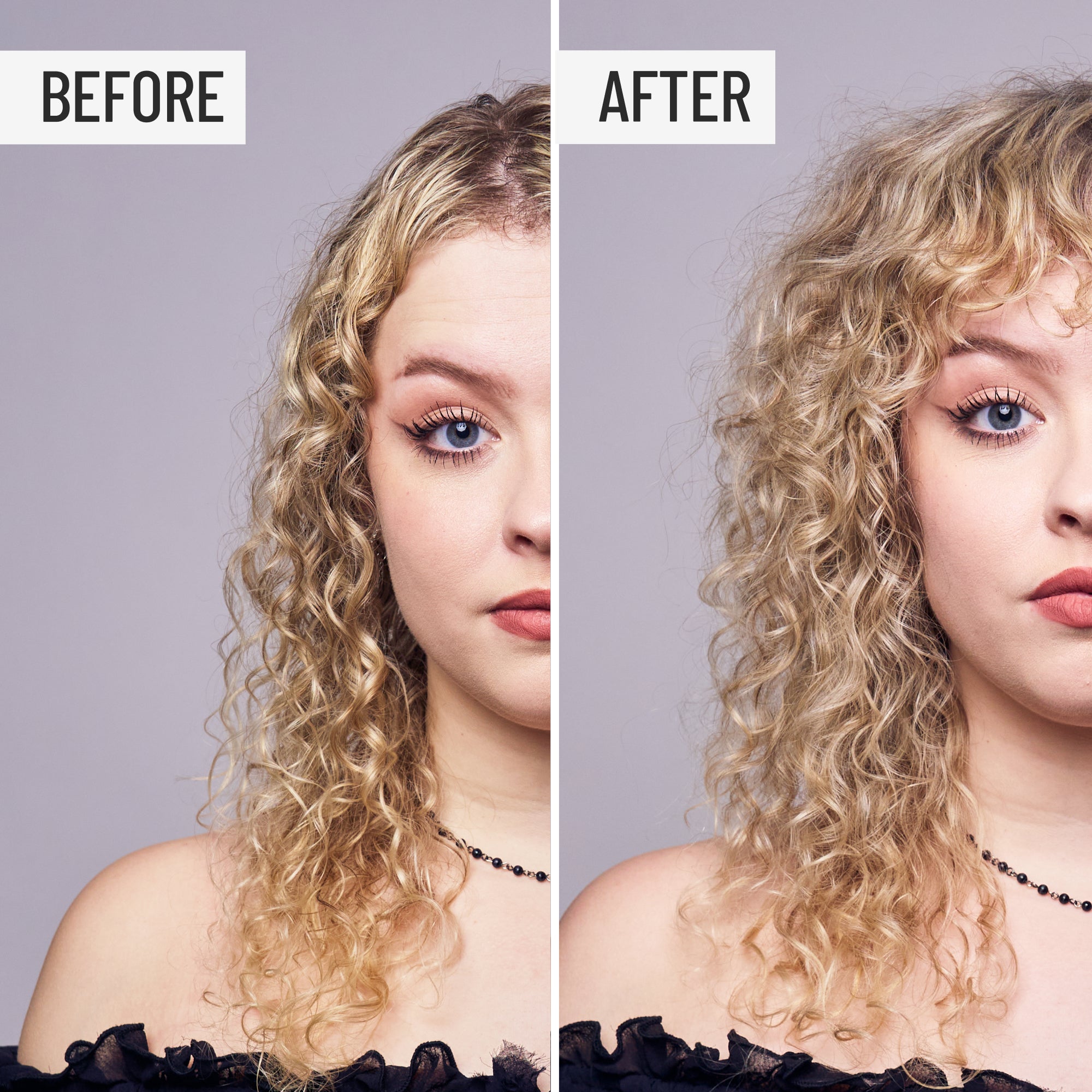To rephrase the old saying, there are two things in life we can be sure of: Hair will grow and taxes will come due. Experienced hairdressers won't find this news as anything shocking, but brushing up on this summary of changes in the tax code can be very useful (Congress passed the largest piece of tax reform legislation in more than three decades to start in 2018).
We created this guide to help out our Hairstory stockists grasp the complexities of taxes. If you're just starting out in the hair business, bone up on these basics to understand your relationship with the IRS and be prepared for tax season.*
OVERVIEW OF THE TAX SECTIONS
- Section 1: If you're an employee of a salon, your employer withholds taxes from each paycheck, and the tax form the salon gives you is a W-2. Section 1 is for you.
- Section 2: If you're self-employed or work freelance as an independent contractor, you are responsible for paying self-employment tax quarterly and you should be familiar with the 1099-MISC form. Section 2 is for you.
- Section 3: If you are a business owner or have formed a corporation or partnership, Section 3 is for you; you may also find Section 1 useful for personal taxes.
- Section 4: If you sell products, as most of you do - regardless of your employment status - Section 4 is a primer on Sales Tax.
SECTION 1: EMPLOYEE TAX
These are the changes in the tax code that took effect for Federal tax due in 2018 and will affect your tax return for 2019:
- The top individual rate has been reduced slightly to 37%.
- The mortgage interest deduction limit is reduced to $750,000 on new mortgages ($375,000 for a married couple filing a separate return).
- Only home equity loan interest on loans used for home improvements or traced to business, investment or passive activity expenditures remains deductible.
- Individuals are allowed to deduct up to $10,000 in total state and local taxes, which include income or sales taxes plus property taxes. For state and local taxes previously deducted on Schedule C, E, or F, the limit does not apply.
- The child tax credit is increased to $2,000, with up to $1,400 refundable. The phase-out level is increased so more individuals with children under age 17 will qualify for the credit.
- Medical expense in excess of 7.5% of adjusted gross income (AGI) are deductible in 2018 and then 10% of AGI thereafter.
- There are no personal or dependent exemptions under the new tax law.
- No moving expenses are deductible (other than for U.S. armed forces members on active duty).
- No alimony is taxable or deductible starting in 2019 for agreements executed after 2018.
- No miscellaneous itemized deductions: Unreimbursed employee expenses are no longer deductible. A hair salon expenses list includes things such as professional dues, working clothes, tools, and equipment. Although they are no longer deductible, the standard deduction has been increased...
Take Advantage of the Increased Standard Deduction
In an attempt to make taxes simpler for more people and eliminate the need to itemize deductible expenses, the new tax law nearly doubles the standard deduction amount. Single taxpayers will see standard deductions jump from $6,350 for 2017 taxes to $12,200 for 2019 taxes (the ones you file in 2020). Married couples filing jointly will see an increase from $12,700 to $24,400.
The bill limits the amount of state and local property, income, and sales taxes that can be deducted to $10,000. In the past, these taxes have generally been fully tax deductible.
If you took a class last year for professional advancement, that can be deducted too, as long as it's post-cosmetology school. Deductions can't be made for education to "qualify you for a new trade or business," unfortunately.
SECTION 2: SELF-EMPLOYMENT
Tax Newly self-employed people - like sole proprietors and independent contractors - can be surprised when they're suddenly paying a lot more in tax than they did as an employee. That's because they're carrying the full burden of paying for their Social Security and Medicare, a cost that employees share with their employers.
The tax is divided into two parts:
- 12.4% for Social Security. For 2019, this applies to the first $128,400 of earnings.
- 2.9% for Medicare. The Medicare portion of the self-employment tax doesn't stop; no matter how much you earn, you'll pay the 2.9 percent.
When you start a small business and you do not incorporate or form a partnership, report the results of your operations on Schedule C and file it with your Form 1040. You can claim 50% of what you pay in self-employment tax as an income tax deduction. This deduction is an adjustment to income claimed on Form 1040, and is available whether or not you itemize deductions.
If you took a class last year for professional advancement, that can be deducted too, as long as it's post-cosmetology school. Deductions can't be made for education "to qualify you for a new trade or business," unfortunately.
The new code allows for small businesses, including freelancers and sole proprietors, to deduct 20% from their total income. So if you made $50,000 last year, your total taxable income is $40,000 even before including any of the costs described above. Cheers to that!
SECTION 3: BUSINESS TAX
If you have incorporated or formed a partnership, the upfront costs - tools, furniture, and equipment - can reduce the amount of taxes you owe. Expensing certain property for your business in the first year has been increased, up to 100%, for anything acquired and placed in service after September 27, 2017, but before January 1, 2023.
If your purchases will last a long time, you can claim some of these costs for a smaller tax break over several years (called depreciation). If they'll last a year or less, expense them upfront as regular business deductions using the Section 179 deduction. For example:
- If you purchase a barber chair for $1,500, you can depreciate that cost over 5 years.
- For a section 179 deduction, you can deduct the entire $1,500 in the first year (provided your total section 179 deductions don't exceed $1,000,000 in 2018).
The new bill eliminates the requirement that the original use of the qualified property start with the taxpayer - this means it could be a used ("vintage!") item.
You may also be able to claim other costs associated with operating your business: Advertising, website hosting, rent or workspace fees, and supplies all help to reduce your taxable income - and the amount of tax you'll owe.
If you run your business from your home, you may be able to deduct a portion of the rent, utilities, and homeowners' insurance, as well as licensing and legal fees, and business-related insurance premiums.
The new code allows for small businesses, including freelancers (AKA sole proprietors) to deduct 20% from their total income. So if you made $50,000 last year, your total taxable income is $40,000 even before including any of the costs described above.
SECTION 4: SALES TAX
If you sell physical goods, you are probably required to collect sales tax from your customers. The state tax rates fluctuate on a state-by-state basis. If you are selling goods in one of the 45 states with sales tax, you are responsible for collecting and filing these taxes with your state government. Keep in mind that you may also be responsible for local sales tax based on the city, county or jurisdiction that you or your customer resides in.
In order to legally collect sales taxes, you must get a seller's permit or license from your state. In some states, like California, you will obtain a seller's permit on a state level, in others, you will also be required to obtain a license from your city, county or jurisdiction (for example, Tempe, Arizona has its own sales tax license application).
To apply for a sales tax permit, visit your State Department's website, and look for the "sales tax" or "sellers" permit (or license) application under the Department of Revenue.
* * *
April 15 is when taxes are due, and it's never too early to prepare. Everybody's finances are different, so consult an accountant to make sure that you are in full compliance - and that you pay only what you owe. These guidelines only apply to Federal tax and you may still be liable for state and other local taxes, which vary. And whatever you do, pay on time. Penalties and interest for late payments accrue fast and furiously and can quickly become crippling. Don't mess around with these guys!
*Hairstory is many things, but we are not tax advisors! Consult with your accountant to address your individual circumstances.































